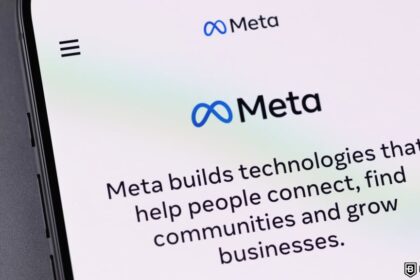
Data and politics are becoming increasingly intertwined. Today’s political campaigns and voter mobilization efforts are now entirely data-driven. Voters, pollsters, and elected officials are relying on data to make choices that have local, regional, and national impacts.
A Department of Political Science course offers students tools to help make sense of these choices and their outcomes.
In class 17.831 (Data and Politics), students are introduced to principles and practices necessary to understand electoral and other types of political behavior. Taught by associate professor of political science Daniel Hidalgo, students use real-world datasets to explore topics like election polling and prediction, voter turnout, voter targeting, and shifts in public opinion over time.
The course wants students to describe why and how the use of data and statistical methods has changed electoral politics, understand the basic principles of social science statistics, and analyze data using modern statistical computing tools. The course capstone is an original project that involves the collection, analysis, and interpretation of original survey data used in modern campaigns.
“I wanted to create an applied, practice-based course that would appeal to undergraduates and provide a foundation for parsing, understanding, and reporting on large datasets in politics,” says Hidalgo, who redesigned the course for the spring 2025 semester.
Hidalgo, who also works in the Political Methodology Lab at MIT, investigates the political economy of elections, campaigns, and representation in developing democracies, especially in Latin America, as well as quantitative methods in the social sciences.
Politics and modernity
The influence of, and access to, artificial intelligence and large language models makes a course like Data and Politics even more important, Hidalgo says. “You have to understand the people at the other end of the data,” he argues.
The course also centers the human element in politics, exploring conflict, bias, their structures, and impacts while also working to improve information literacy and coherent storytelling.
“Data analysis and collection will never be perfect,” Hidalgo says. “But analyzing and understanding who holds which ideas, and why, and using the information to tell a coherent story is valuable in politics and elsewhere.”
The “always on” nature of news and related content, coupled with the variety of communications channels available to voters, has increased the complexity of the data collection process in polling and campaigns. “In the past, people would answer the phone when you called their homes,” Hidalgo notes, describing analog methods previously used to collect voter data. Now, political scientists, data analysts, and others must contend with the availability of streaming content, mobile devices, and other channels comprising a vast, fractured media ecosystem.
The course opens a window into what happens behind the scenes of local and national political campaigns, which appealed to second-year political science major Jackson Hamilton. “I took this class hoping to expand my ability to use coding for political science applications, and in order to better understand how political models and predictions work,” he says.
“We tailor-made our own sets of questions and experimental designs that we thought would be interesting,” Hamilton adds. “I found that political issues that get a lot of media coverage are not necessarily the same issues which divide lawmakers, at least locally.”
Transparency and accountability in politics and other areas
Teaching students to use tools like polling and data analysis effectively can improve their ability to identify and combat disinformation and misinformation. “As a political scientist, I’m substantively engaged,” Hidalgo says, “and I’d like to help others be engaged, too.”
“There’s lots of data available, and this course provides a foundation and the resources necessary to understand and visualize it,” Hidalgo continues. “The ability to design, implement, and understand surveys has value inside and outside the classroom.”
In politics, Hidalgo believes equipping students to navigate these spaces effectively can potentially improve and increase civic engagement. Data, he says, can help defend ideas. “There’s so much information, it’s important to develop the skills and abilities necessary to understand and visualize it,” he says. “This has value for everyone.”
Second-year physics major Sean Wilson, who also took the class this spring, notes the value of data visualization and analysis both as a potential physicist and a voter. “Data analysis in both politics and in physics is essential work given that voting tendencies, public opinion, and government leadership change so often in the United States,” he says, “and that modeling can be used to support physical hypotheses and improve our understanding of how things work.”
For Wilson, the course can help anyone interested in understanding large groups’ behaviors. “Political scientists are constantly working to better understand how and why certain events occur in U.S. politics, and data analysis is an effective tool for doing so,” he says. “Members of a representative democracy can make better decisions with this kind of information.”
Hamilton, meanwhile, learned more about the behind-the-scenes machinery at work in electoral politics. “I had the opportunity to create a couple of budget trade-off questions, to get a sense of what people actually thought the government should spend money on when they had to make choices,” he says.
“Computer science and data science aren’t just useful for STEM applications; data science approaches can also be extremely useful in many social sciences,” Hamilton argues.
“[Hidalgo helped me realize] that I needed to understand and use data science approaches to gain a deeper understanding of my areas of interest,” Hamilton says. “He focuses on how different approaches in coding can be applied to different types of problems in political science.”










